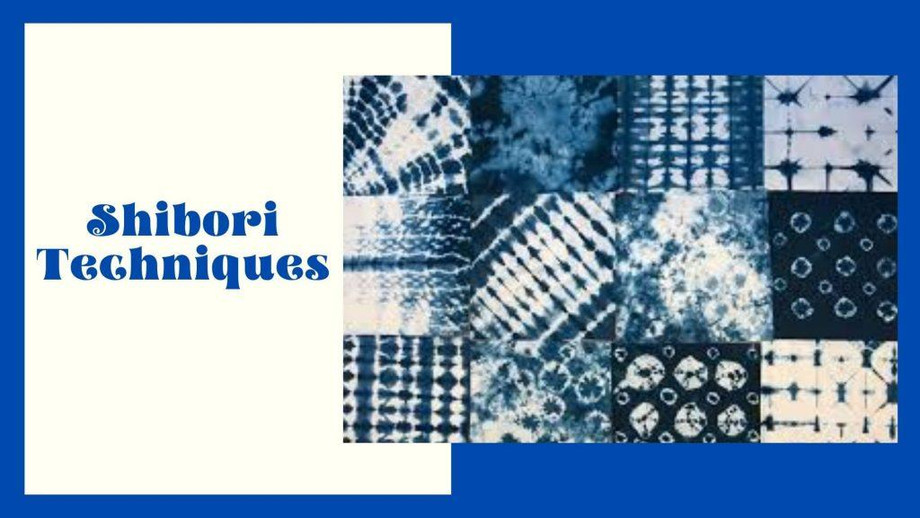The Shibori art actually involves somewhat a number of different resist-dyeing techniques. The most common ones are mentioned below:
Kanoko shibori - Similar to tie and dye, this technique involves elastic bands to bind cloth tightly before dyeing, forming an organic-looking pattern.
Miura shibori - In this Miura technique, the craftsmen pinch small sections of fabric and loop thread around them to create a particular repeated pattern.
Arashi shibori - It is also known as pole-wrapping shibori. In Arashi, the fabric is tightly twisted around a pole, tied into place with thread, and wrinkled to create a pattern. The outcome is a diagonal, linear design.
Kumo shibori - In this Kumo Shibori technique, small objects like pebbles are bound with thread into fabric. This will result in beautiful circular, web-like patterns.
Nui shibori - This is a bit complex technique and it uses stitching to create accurate cinched patterns in the fabric. The stitching is removed once the dying is completed.
Itajime shibori - Instead of using binding and cinching to create patterns, this technique requires the use of shaped blocks (usually of wood, though sometimes of plastic) between which folded fabric is sandwiched to get the desired pattern.

